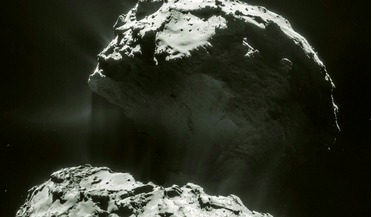 January 2020
Small body missions unveil interplanetary secrets
January 2020
Small body missions unveil interplanetary secrets
...our ocean came from cometary impacts, but today it is believed that 20 percent or less is more likely. Missions like ESA’s Rosetta mission to comet 67P/Churyumov-Gerasimenko, with an extensive set of instruments, showed that the deuterium to hydrogen...
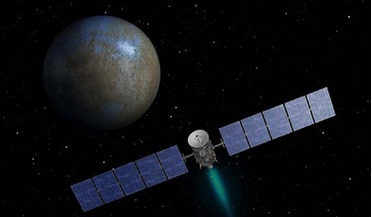 13 March 2015
Ceres breakthrough: NASA's Dawn is first probe to visit a dwarf planet
13 March 2015
Ceres breakthrough: NASA's Dawn is first probe to visit a dwarf planet
... core with rock around it. However, we have water [on Earth]. Where did the water come from? The Rosetta mission didn't find the right water out there on Comet 67 C-G [67P/Churyumov–Gerasimenko]; they found the wrong...
 08 April 2019
Catching Stardust: Comets, Asteroids and the Birth of the Solar System
08 April 2019
Catching Stardust: Comets, Asteroids and the Birth of the Solar System
...our home planet. A following chapter provides an overview of relevant space missions, with two subsequent chapters concentrating on the Stardust and Rosetta missions, respectively. Following a penultimate chapter on space mining, the author concludes...
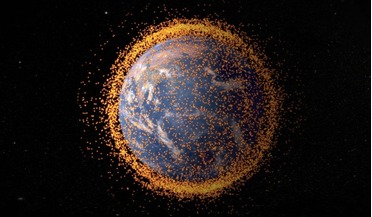 February 2017
Growing space agency dilemma
February 2017
Growing space agency dilemma
... and systems like the Hubble Space Telescope, the Kepler Space Telescope, the Rosetta mission to land on a comet, Japanese missions to the Moon, Indian mission to Mars, and US probes to Pluto and beyond have brought space to the attention of the...
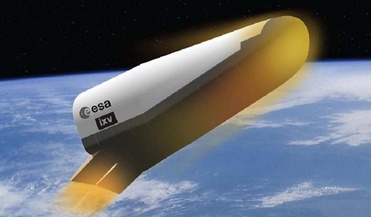 13 March 2015
ESA re-entry vehicle could pave way for reusable launcher
13 March 2015
ESA re-entry vehicle could pave way for reusable launcher
... systems in space is among the best worldwide, with the ATV (space station supply ship) and the Rosetta mission (to comet 67P/Churyumov-Gerasimenko). “We believe the return capability is running behind,” Tumino said. “We never closed the...
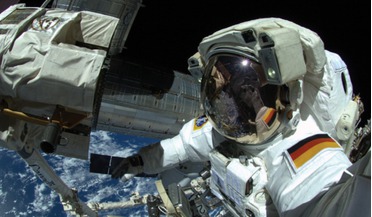 August 2016
International cooperation drives Germany’s space ambitions
August 2016
International cooperation drives Germany’s space ambitions
... has provided instruments for nearly every NASA Mars mission. An example of a very successful international project in which DLR participated is the European Rosetta mission to Comet 67P/Churyumov-Gerasimenko, in which development and operation...